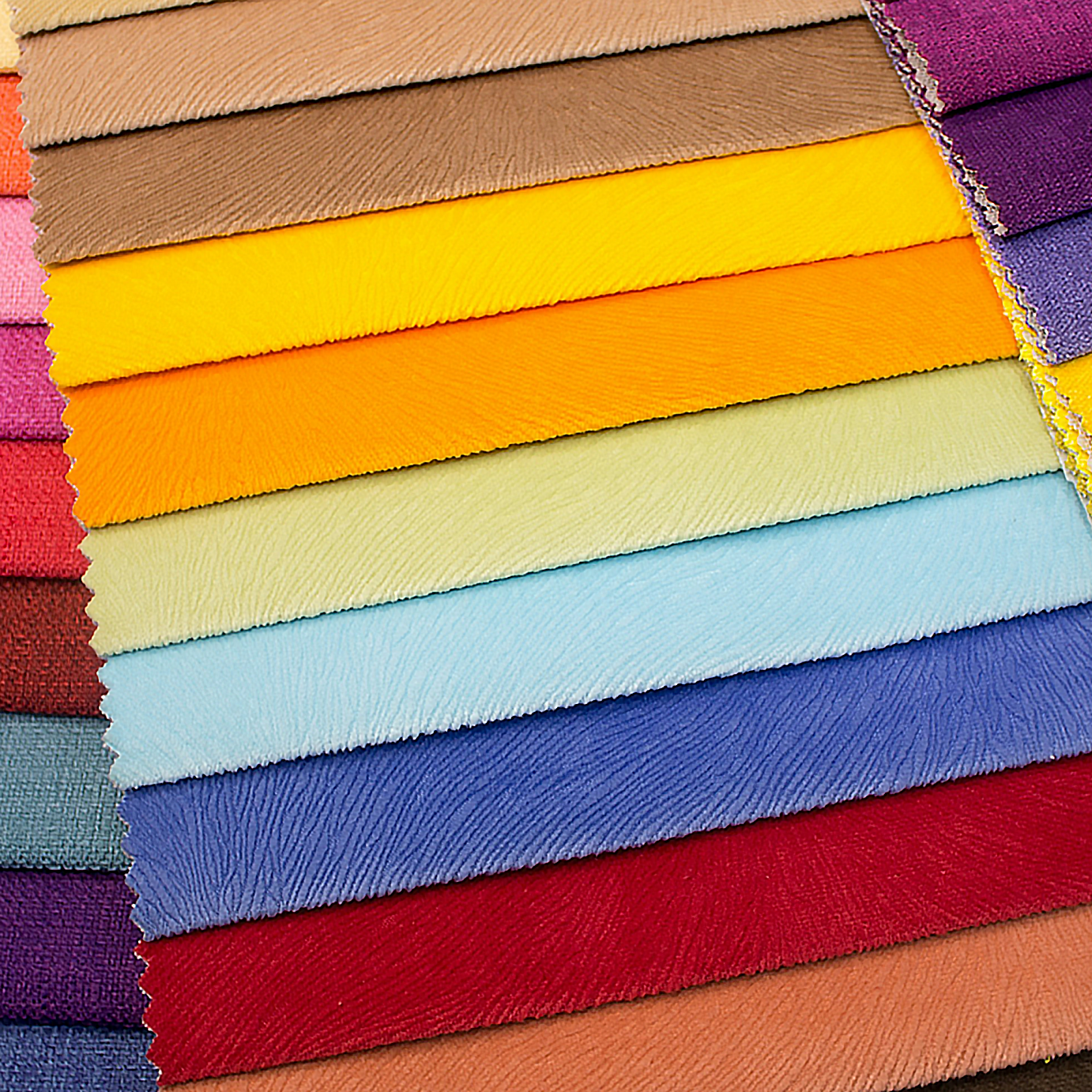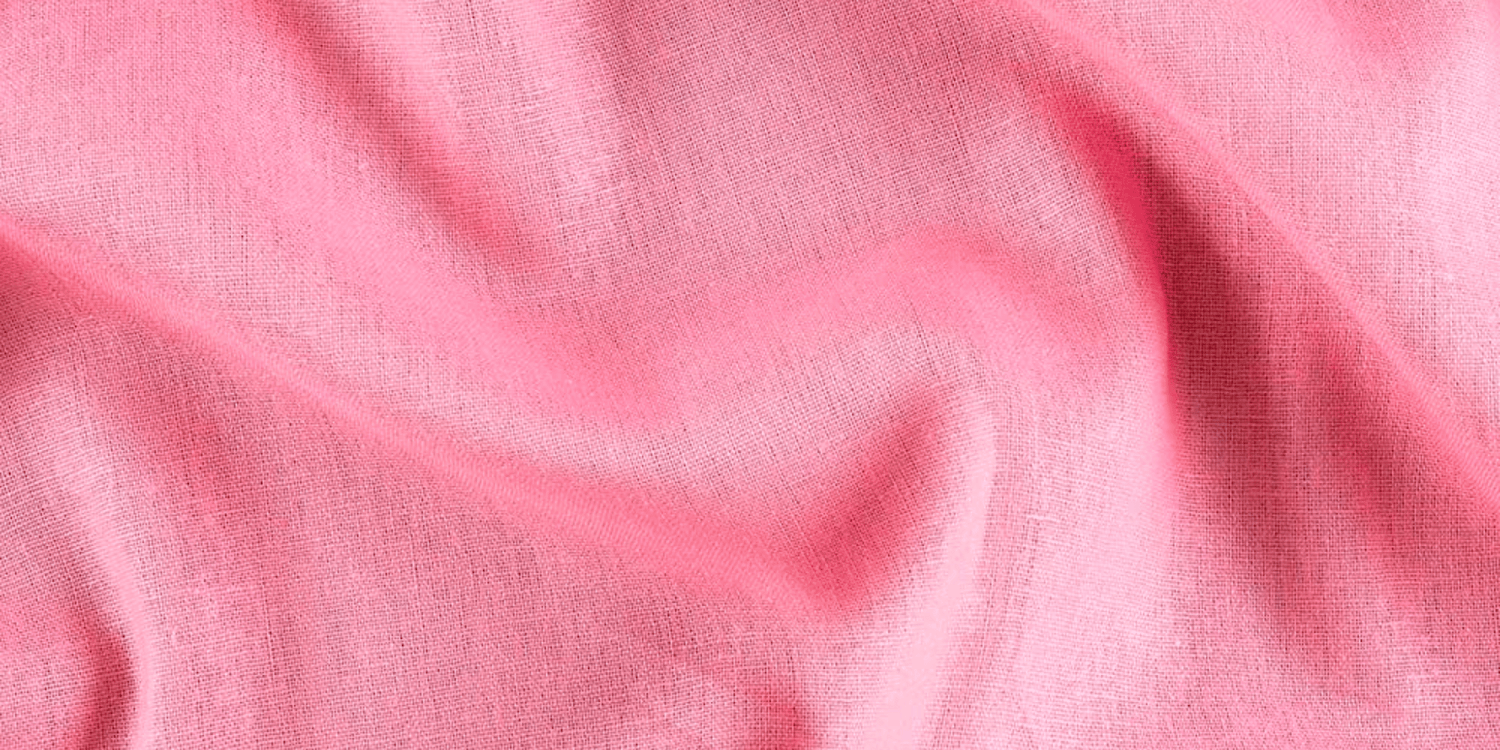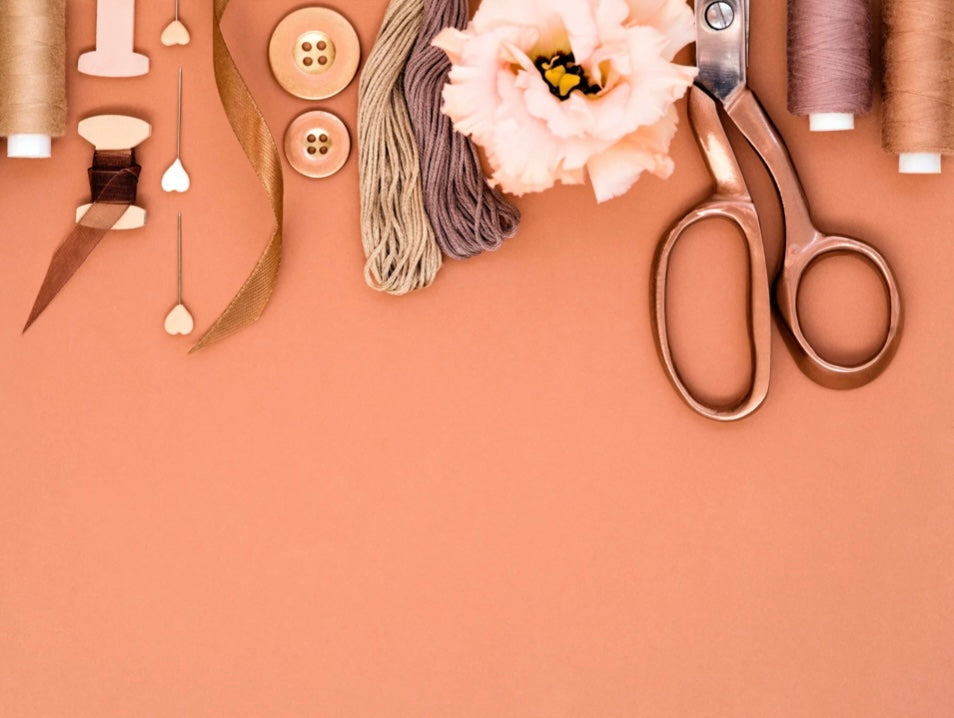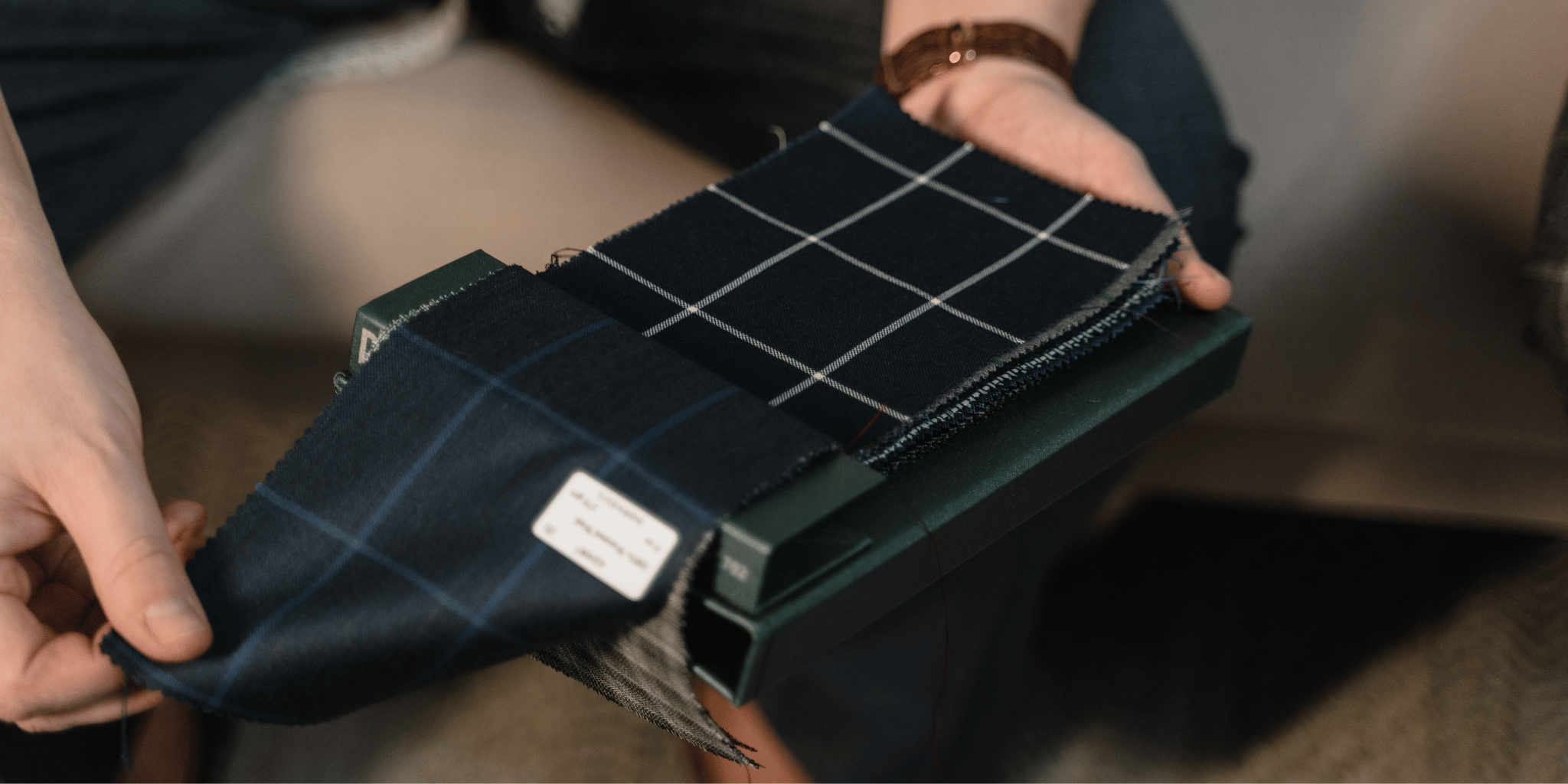
Linen is a natural fabric made from the flax plant. It can be used to stitch pants, blazers, skirts, dresses, undergarments, and more. The amazing thing about linen is it is 30% stronger than cotton and just as breathable. Although linen is a wonderful fabric on its own, blending it with other fabrics elevates its quality and properties. Rayon, a synthetic material, blends well with linen as the combination results in an airy, lightweight material. This makes linen-rayon blends a fantastic choice for summer weather.
So, what do you need to know about linen-rayon blend fabric? Let’s explore the most common questions about this versatile combination.
Does linen-rayon fabric stretch?
Whether a linen-rayon blend will stretch entirely depends on the ratio of the two fabrics. Linen is known for its stiffness, while rayon is a little bit stretchy – especially when wet. If a greater proportion of linen is used, the product will not stretch. On the other hand, a higher ratio of rayon will usually result in a decent stretch. Depending on the project, buyers may prefer a less or more stretchy material. Therefore, suppliers offer a wide variety of blends of these two popular fabrics.
Will linen-rayon fabric wrinkle?
Fabrics containing linen tend to wrinkle easily, however rayon does have some anti-wrinkle properties. Selecting a linen-rayon blend is a great way to ensure your fabric will be less prone to wrinkles. If the proportion of rayon is adequately high, any wrinkling will be minimal and hardly noticeable.
Another great thing about this fabric blend is that it is both machine and hand washable, and it can be ironed easily at home.
Does linen-rayon blend fabric shrink?
Yes, this durable fabric can shrink substantially if you wash it in hot water. The shrinkage can result in shape distortion, which can be very annoying. Thus, it is vital to pay attention when washing clothes made with this fabric blend. Read the care instructions thoroughly on the label of your garment, and always use soft water and mild detergent. If the clothes are delicate, hand-wash them in cold water.
Can I iron linen-rayon blend fabric?
Linen-rayon blends are prone to wrinkles, so it’s understandable that you may want to iron this fabric. However, keep in mind that both linen and rayon can burn fiercely. If you do use an iron on linen-rayon blend fabric, do so on a flat table, and place your iron at a very low heat setting. Try to use pressing cloth for extra protection against scorching.

What should I know about sewing with linen-rayon fabric?
For the best results, there are several tips that you should follow while stitching garments using linen-rayon blend fabric:
- Pre-wash your fabric: Linen-rayon fabrics can shrink after washing, so it's imperative to pre-wash with cold water before sewing to avoid any unpleasant surprises later on. After washing, don't forget to tumble dry on low or hang to dry.
- Use the right needles: When sewing with this fabric, use a universal needle or a needle specifically designed for lightweight fabrics. This will prevent the fabric from puckering or snagging.
- Get the right thread: Use a premium-quality polyester thread that matches the color of the fabric. Also, avoid cotton thread, as it can be too heavy-rash for this delicate fabric.
- Don't rush: Sewing this fabric requires significant patience and care. Take your time and sew at a slow speed to safeguard the fabric from stretching or puckering.
- Use a press cloth: When pressing the fabric, use a press cloth to protect it from the heat of the iron. This will prevent any scorch marks or damage.
- Finish the edges: Linen-rayon fabric frays easily, so it's essential to finish the edges precisely to prevent them from unraveling. In addition to this, use a zigzag stitch or a serger to finish the edges.
- Test your stitches: Prior to sewing your final garment, test your stitches on a scrap piece to ensure that the tension is right, and the stitches look even.
Rayon-linen blend fabric is a versatile and popular choice for many sewing projects. Its unique properties, including its lightweight feel and breathability, make it a top pick for summer clothing and accessories. By following these tips and techniques outlined in this guide, you can confidently work with this wonderful fabric and create beautiful, high-quality pieces that will last for years to come.
So why wait? Go ahead, unleash your creativity, and have fun exploring the endless possibilities of this fabric blend!




